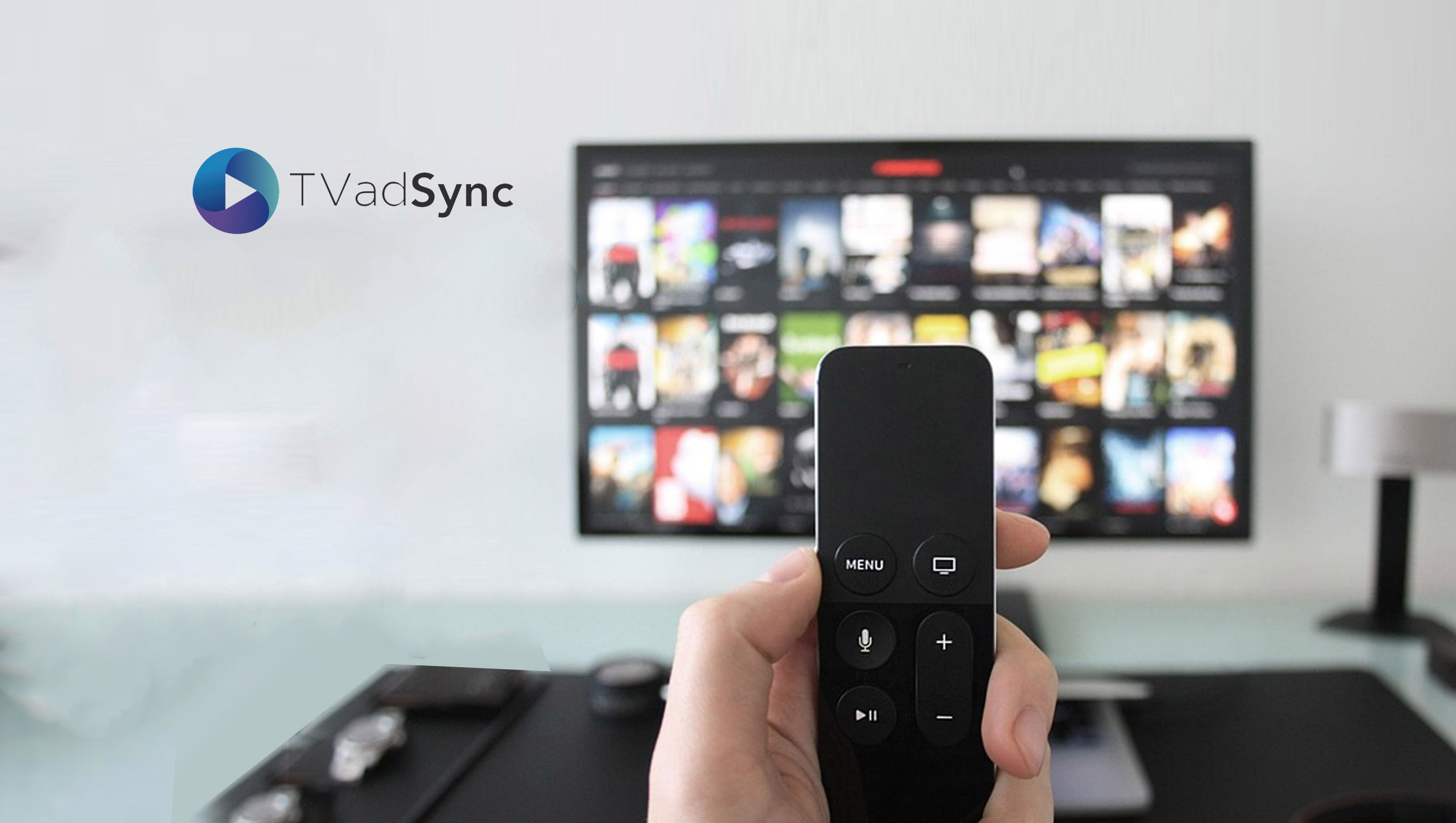Srinivas KC
VP and GM, Video, InMobi
Programmatic has come a long way since Jimmy Kimmel called it the ‘gluten of advertising’. Today, programmatic advertising is the hottest buzzword for advertisers; much of it attributed to the shining rise of ‘mobile advertising’. Recently, InMobi, a leading mobile adtech provider, announced it has entered a strategic technology collaboration with Microsoft. To better understand the state of mobile adtech and it’s relation to programmatic, we spoke to Srinivas KC, VP and GM, Video, InMobi.
Html code here! Replace this with any non empty text and that's it.
Tell us about your role at InMobi and the team/technology you handle.
I’ve been at InMobi since 2011 and today I head the global video business for InMobi and am based in San Francisco. The InMobi video team drives product, business and go-to-market initiatives for the mobile video advertising business.
What is the state of in-app mobile marketing in 2018?
Mobile in-app marketing is a maturing industry, with stronger technology platform companies consolidating their position in the industry. Additionally, advertisers and publishers are increasingly seeking greater control and transparency – and advertising technology players are responding to this need swiftly.
On the demand side, brand advertisers are moving most, if not all, of their mobile in-app spends to the programmatic channel to achieve efficiency, transparency and control, all at once. Advertisers are also pivoting their spends to high-interaction ad formats. High definition full-screen video ads, and interactive video ads that couple video ads with rich-media capabilities, are seeing significantly higher traction. In addition, advertisers’ focus on hygiene (such as viewability) continues to drive spends towards clean, high-quality publishers and platforms. Similarly, performance advertisers are seeking greater scale and transparency, and have turned their focus to machine learning to ensure maximum returns on ad spend.
On the supply side, publishers, especially large publishers with a significant user base, are taking a leaf out of the advertiser side, and seeking a hitherto unavailable level of control and transparency on their revenue generation. Mobile in-app publishers, who generated most of their revenue using ad networks, set up in traditional mediation platforms in a relatively non-transparent manner. These publishers are now taking control of their revenue stack in-house, working with far more open platforms that can deliver new unified auction technologies such as header bidding.
It remains an exciting industry which will see the emergence of a few large, consolidated independent players globally in the coming years.
What are the core tenets of your recent report on the State of Mobile Video Advertising?
In our State of Mobile Video Advertising report for 2018, we capture salient data points that help advertisers and publishers understand, in a comprehensive manner, what the broader ecosystem is up to when it comes to mobile video ads. The answer is clear:
Advertisers love video ads. Publishers love video ads. And users enjoy well-delivered and well-placed video ads.
In 2017, advertisers doubled video ad spends over 2016. This is a huge move, and it continues into 2018, where we expect similar growth to continue. Publishers have responded to this move, more than doubling video ad inventory from 2017 to 2018. On the InMobi Exchange alone, we saw a 400 percent increase in video ad inventory in Q1 2018 vs. Q1 2017.
It’s an exciting time for the ecosystem as far as mobile video ads are concerned. The report seeks to capture the “how” as much as the trends. It also informs advertisers and publishers on the best recipe to achieve user attention/interaction, including choice of technology, format, ad placement, and more.
How does programmatic marketplace evolve with the growing demands in mobile video ad spend?
There’s no question that programmatic mobile in-app video shifted gears in 2018 to become the primary growth engine for the industry.
In 2017, programmatic mobile in-app video advertising grew by about 136 percent globally, and about 125 percent in the US. So far in 2018, China has grown more than 500 percent over last year. This is an acceleration that will drive further innovation in bringing video advertising to users globally, but also the US The US is a relatively mature market for programmatic buying, and yet, mobile in-app saw a huge spike.
This growth was, largely in part, a technology-led movement. As supply-side platforms improved their capabilities to enable high-end video creatives – HD, cache and auto-play, edge-to-edge full-screen, ~100 percent viewable, VAST video ads delivered by SDK – programmatic advertisers have optimized their buying strategies to capture this goodness. A big shift in 2017 was also a move away from desktop-first video ad formats such as VPAID, as they weren’t suited for mobile in-app environments – growth burgeoned as soon as the industry moved its focus to mobile-first video formats.
Do you see video advertising replacing most traditional ad formats? How much of that would be influenced by reducing screen sizes?
Over the past 2-3 years, gaming and app publishers have optimized video ad placements and delivery. This has led to a significant improvement in user engagement – a mission-critical factor in determining the right ad experiences for users.
We do expect mobile video advertising to represent a dominant portion of all mobile in-app advertising spends over the next few years. Video ads are designed for full-screen consumption, making them more suitable than any display formats on a mobile screen.
What are the common mistakes made by video content marketing and advertising teams in 2018?
There are multiple areas of improvement in this space – many of them very simple. Some of the common issues we came across in 2017 were: video ads meant for television and desktop directly ported to mobile in-app without customization, lack of interactive elements, usage of ‘streamed’ ads that show users blank screens, and more elements that hurt the user experience.
However, our passionate belief – backed by data – remains that the right way to run mobile in-app video ads is to run vertical (portrait) videos and keep them under 15 seconds in length.
As of 2017, less than a quarter of all mobile in-app video ads were vertical, and less than 50 percent of them were short-length. We’re still far from optimizing the user experience to their preference, as an industry.
With GDPR incoming and disrupting data management practices, what change to your marketing strategy have you made?
InMobi has been working tirelessly with both our supply and demand partners to ensure we comply with the intent and the letter of GDPR.
How do you work with Data Science and AI/ML to measure video advertising performance?
We use machine learning to predict the performance of video creatives in different inventory across our global network, which enables a better matching of publisher supply and advertiser demand. Our models continuously predict and take decisions based on video performance metrics such as video completion rate, video quartile completion, click throughs of videos, and viewability.
We are also working with machine learning explanatory models to understand what it is about different videos that drive performance for different audiences across contexts.
Lastly, we also build tools that can automatically detect the most stimulating “peak” moments in a video, which helps to automatically summarize the best bits of a video and produce shorter optimized clips – most relevant in our gaming vertical.
Thanks for chatting with us, Srinivas.
Stay tuned for more insights on marketing technologies. To participate in our Tech Bytes program, email us at news@martechseries-67ee47.ingress-bonde.easywp.com












Comments are closed.